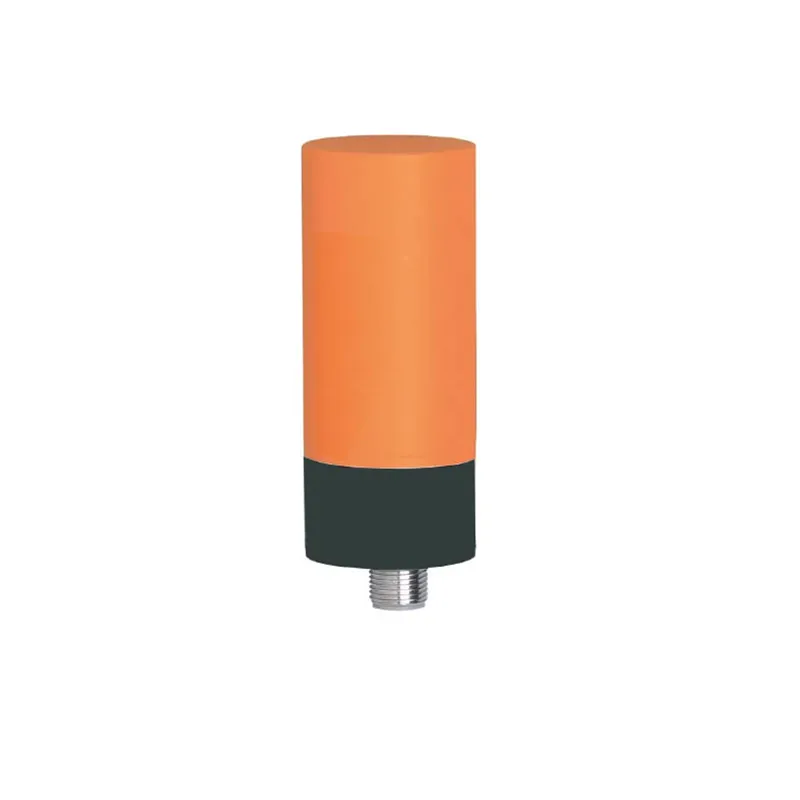optoelectronic switch
An optoelectronic switch represents a sophisticated device that combines optical and electronic technologies to control signal transmission. This innovative component utilizes photonic principles to facilitate switching operations, offering exceptional speed and reliability in various applications. The switch operates by converting electrical signals into optical signals and vice versa, enabling seamless integration between electronic and optical systems. At its core, the optoelectronic switch employs semiconductor materials that respond to light signals, typically utilizing photodiodes, phototransistors, or similar photosensitive elements. These components work in concert to achieve precise switching functions with minimal interference. The device's ability to operate across both optical and electronic domains makes it particularly valuable in telecommunications, data centers, and high-speed networking applications. Modern optoelectronic switches often incorporate advanced features such as programmable thresholds, multiple channels, and integrated diagnostic capabilities. These switches can handle high-frequency operations while maintaining signal integrity and providing electrical isolation between input and output circuits. The technology's versatility allows for implementation in various forms, from simple on-off switches to complex matrix configurations, supporting both digital and analog applications.









